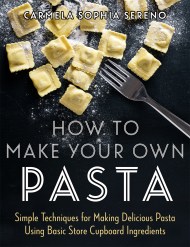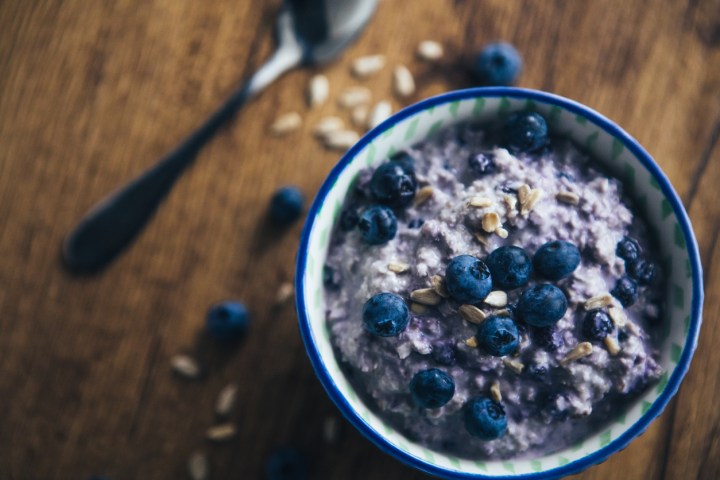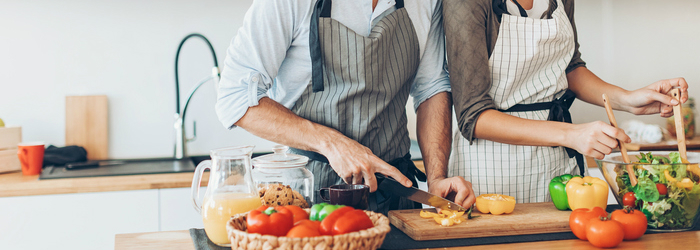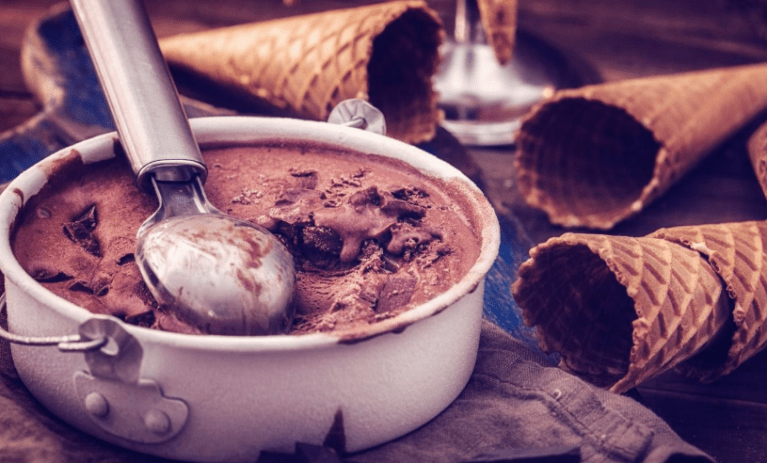How to make egg pasta dough
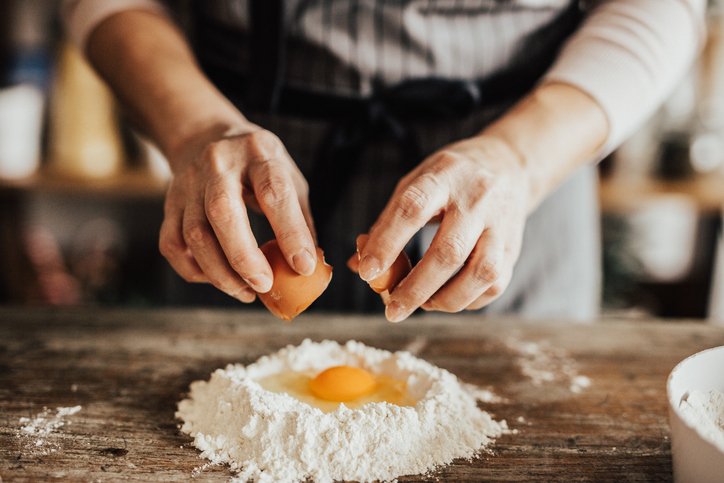
Carmela Sereno teaches you how to make a basic egg pasta dough in just an hour with three simple store cupboard ingredients. Make sure you follow Carmela Sereno on Instagram (@CarmelasKitchen) for more deliciously inspiring kitchen ideas. www.carmelas-kitchen.com
The basics of pasta-making
There are a few basic pasta-making techniques you need to know to start you on your way. Equipped with these skills, you’ll soon be spurred on to want to learn and experiment more and more over time.
I would always suggest that you first practice and perfect your pasta dough before trying anything too advanced, be it an egg-based or semola dough, because from the best dough you will be able to create an incredible final dish.
A few points to bear in mind are:
- Eggs should be at room temperature and not cold from the fridge, or else the dough will be too firm.
- Resting the dough is vital. I prefer to rest the dough at room temperature. Cover it with a bowl or a clean tea-towel, this will ensure the dough does not dry out.
- Pasta dough is best made on the day you intend to use it as storing it in the fridge can lead to discolouring and greying of the dough.
- Alternatively, you can lay your pasta on a lined baking tray and place it in the freezer. After an hour’s freezing, tumble the pasta into a container and store in the freezer. This pasta can be cooked directly from the freezer and can be stored for up to 3 months.
- Make, knead and rest are three vital steps.
Making a simple egg pasta dough
Sfogline are ladies who specialise in rolling freshly made pasta dough into una sfoglia, a huge see-through sheet of pasta. Sfogline are known to say that the pasta dough is ready when you hear it sing. To sing means you hear and also feel bubbles popping as you knead the dough with the heels of your hands.
So many people are afraid of making fresh handmade pasta, but there’s simply no need to be afraid. Ready-made dried pasta is affordable and a great staple store-cupboard ingredient (I have more than twenty dried packets in my larder at any one time), however, a bowl of freshly handmade pasta is simply mouth-watering from the first to the very last bite. In my opinion, fresh pasta is superior to dried pasta not only in taste but also in texture and colour. When making fresh egg pasta, ‘00’ soft wheat flour is used; this type has been milled to a superfine powder and is much finer than other flours.
There are many different flours and flour blends that make wonderful pasta. From a nutty farro spelt flour to chestnut flour, rye flour, buckwheat flour, kamut flour and many more, as well as the much-loved ‘0’ flour and semolina flour. They each work well individually but also when blended with a ‘00’ soft wheat flour.
There are a few general guidelines that are useful when making fresh egg pasta dough:
- 100g ‘00’ flour plus 1 large egg equals one portion of pasta dough. This can vary and be adjusted with different flour blends.
- For a richer dough you can use just egg yolks and omit the whites (save the whites to make a meringue or egg white omelette).
- 400g ‘00’ flour plus 12 egg yolks makes a rich pasta dough that is perfect for ravioli etc.
EGG PASTA DOUGH
PASTA FRESCA FATTO A MANO
Preparation time 1 hour (including resting)
Serves 4
Ingredients
400g ‘00’ flour
4 large eggs
Pinch of salt (optional)
Method
1 Ideally, work on a wooden or marble board but a wooden tabletop would work well too. I prefer to use a wooden surface as this gives a little added texture to the dough and helps in the kneading process. Tip the flour onto the board and form a well in the centre with your fingers (I call this a volcano).
2 Crack the eggs into the well (volcano) and add a pinch of salt. The salt is optional and if I’m honest, I generally eliminate the salt from my fresh pasta as I tend to salt the pasta water well instead.
3 With your fingertips or a fork gently introduce the flour to the egg mixture, being careful to not break the walls of the volcano and lose any of the egg mixture.
4 Form the mixture into a pliable dough. If there is any excess flour that will not incorporate into the dough, scrape it away.
5 Knead the dough using the heels of both hands until the dough has become smooth and silky with a light spring back when pushed with your fingertip. Kneading by hand will take around 7–10 minutes.
6 If the dough is a little dry, add 1–2 tablespoons of water or milk; if it is too wet add a little more flour. Just remember that adding too much flour can lead to a dry and slightly denser dough.
7 Wrap the dough with cling film and allow to rest for a minimum of 30 minutes at room temperature.
8 Once the dough has rested, you can either work or roll the dough by hand using a very thin rolling pin (I use a wooden broom handle), or alternatively a pasta machine. Using a pasta machine allows the dough to become silky and guarantees a smooth finish.
9 However much dough you make, you must always work with it in small portions when using a pasta machine. Cut the dough in half. Take the first half and wrap the remaining half in cling film to ensure the dough does not dry out and form an outer skin. You could also place a bowl over the dough instead of using cling-film.
10 Set the pasta machine to the widest setting. Each machine will differ so please follow your manufacturer’s instructions as required.
11 Flatten and lightly flour the dough then feed it through the pasta machine. Fold the dough back over itself (like an envelope) and feed through the widest setting again at least six times. This will ensure smoothness and elasticity.
12 Increase a notch at a time on the machine and feed the dough through on each setting twice. There is no need to envelope the dough at this stage; you are just trying to lengthen it.
13 Continue rolling the dough, narrowing the rollers at every stage.
14 I tend to stop at the second to last thinnest section on the pasta machine. This is the appropriate thickness required for perfect pasta; you should be able to read a newspaper through the pasta sheet.
15 As an alternative option I also press herbs into my pasta at this stage, so if you are feeling creative have a go. Take the pasta sheet and cover half of the sheet with parsley leaves, tiny basil leaves or baby thyme or oregano leaves. Small edible flowers could also be used. Please note the leaves must be soft and stem-free otherwise the dough will rip.
16 Fold the plain pasta half over the herb-covered dough and push down gently using the palm of your hand, to secure. Press through the pasta machine one last time. You should be left with a sheet of beautifully decorated pasta.
17 The pasta sheet once rolled should be approximately 3mm in thickness.
18 Now choose your shape – from spaghetti, linguine, lasagne sheets, tagliatelle or a perfect base for a filled ravioli, mezzaluna, tortellini or anolini.
In How to Make Your Own Pasta you will learn simple techniques to make stunning pasta from scratch using common store cupboard ingredients. Carmela Sophia Sereno shows you how to make even the most basic pasta dough into a variety of shapes and stunning designs using stripes, spots and delicate herbs.
You will find information on making pasta by hand as well as with a pasta-making machine, how to make gluten-free pasta, how to cook and store your pasta and what store cupboard essentials you should stock up on. Substitute ingredients are suggested throughout so that you rely on what you have in the house for those times when you just can't find what you're looking for in the supermarket.
The recipes in this book will leave the whole family satisfied, and include:
- Spaghetti carbonara
- Tagliatelle with a meat rague
- Orzo minestrone soup
- Gnochetti sardi with sausages and tomato
- Tortellini in stock
- Egg-layered lasagne
Beginners and expert pasta enthusiasts alike will be amazed at the range of pasta explored in this book, with dishes selected to delight not only with their exquisite taste but also by their beautiful and varied appearance.


